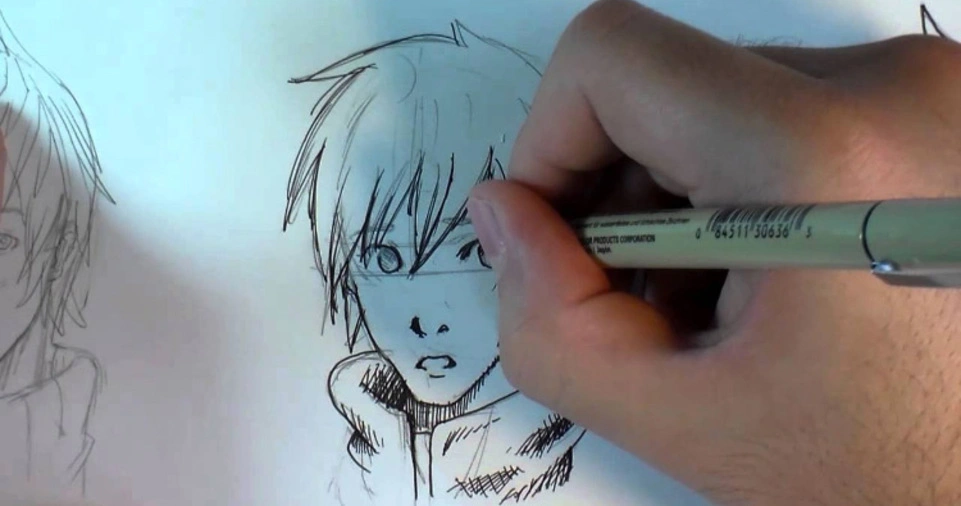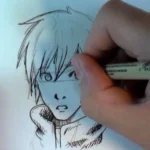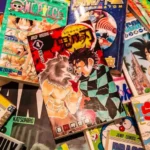Developing your own art style in manga illustration is an exciting and deeply personal journey.
Every great manga artist started somewhere, experimenting with different techniques before refining a signature look.
Whether you’re a beginner or an experienced illustrator looking to enhance your style, this guide will walk you through the essential steps to develop a unique and recognizable manga style.
Your style is a reflection of your personality, influences, and creative vision.
By focusing on fundamentals, experimenting with various styles, and consistently practicing, you can forge an artistic identity that sets you apart.
This guide covers everything from foundational skills to professional tips, providing a roadmap to mastering your unique manga style.
Why Having a Unique Manga Style Matters
- Personal Branding: A distinct style makes your work easily recognizable.
- Emotional Connection: Readers relate better to characters and worlds with unique visual appeal.
- Professional Opportunities: Having a signature style can help attract commissions, collaborations, and publishing opportunities.
- Creative Fulfillment: Expressing yourself through a unique art style can be deeply satisfying and rewarding.
- Fan Engagement: A distinctive look attracts a loyal audience who resonate with your artistic approach.
Understanding the Fundamentals
Before developing a unique style, it’s important to master the fundamentals:
Anatomy & Proportions
Understanding human anatomy is crucial for drawing characters that feel natural and expressive.
- Study real-life human figures and skeletal structures.
- Observe and analyze proportions used in different manga genres.
- Try gesture drawing to capture dynamic movement and fluidity.
Line Art Techniques
- Experiment with thick and thin lines to create depth and emphasis.
- Use controlled strokes for clean, crisp lines.
- Test different inking methods, such as cross-hatching, stippling, and solid blacks.
Facial Expressions & Emotions
- Study how professional manga artists depict emotions.
- Practice drawing different expressions (happiness, sadness, anger, surprise).
- Learn how eye shape, mouth positioning, and eyebrows affect expressions.
Perspective & Backgrounds
- Learn basic perspective rules (one-point, two-point, and three-point perspective).
- Create engaging backgrounds that complement your characters.
- Use vanishing points to improve depth perception in scenes.
Exploring Different Manga Styles
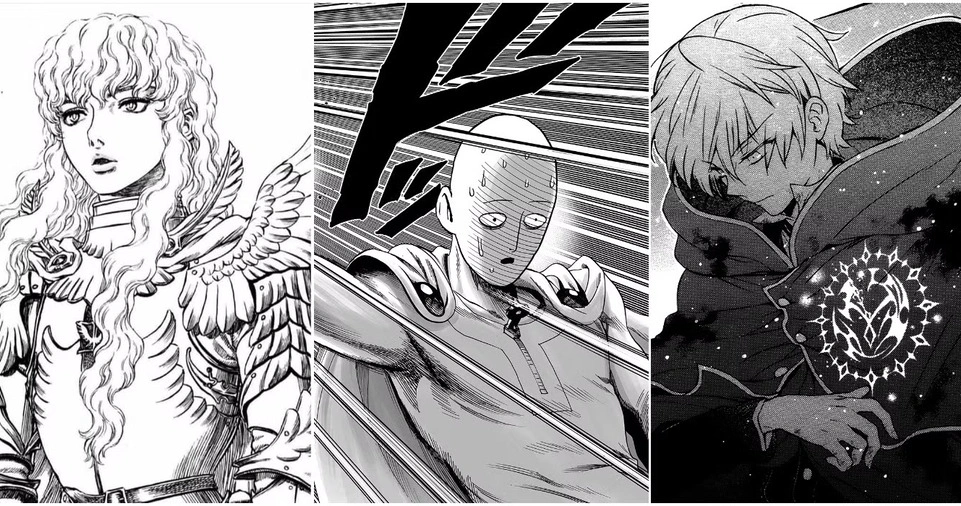
Before creating your own, experiment with existing manga styles.
Here are some common ones:
| Manga Style | Characteristics | Examples |
|---|---|---|
| Shounen | Dynamic action, exaggerated expressions, and strong contrast. | Dragon Ball, Naruto |
| Shoujo | Soft, expressive features, big eyes, detailed hair, and elegant lines. | Sailor Moon, Cardcaptor Sakura |
| Seinen | More realistic proportions, mature themes, and detailed backgrounds. | Berserk, Monster |
| Chibi | Super-deformed characters with exaggerated heads and small bodies. | Lucky Star, Puyo Puyo |
| Josei | Realistic, mature art style often focusing on romance and drama. | Nana, Paradise Kiss |
Studying these styles will help you understand their unique elements and decide what resonates most with you.
Finding Your Unique Manga Style
Experiment with Different Techniques
- Try various brush settings and pen tools if using digital software.
- Mix and match elements from different styles until something clicks.
- Draw the same character in different manga styles to compare results.
Draw from Inspiration, Not Imitation
- Analyze your favorite artists’ work but avoid direct copying.
- Combine elements from multiple influences to create something new.
- Develop signature elements, such as distinct eyes, hair patterns, or line weight preferences.
Sketch Daily & Maintain a Visual Diary
- Regular practice helps refine your style.
- Keep a sketchbook for random ideas, doodles, and inspirations.
- Record character designs, backgrounds, and experimental sketches.
Refine Your Character Designs
- Play with different eye shapes, hairstyles, and facial structures.
- Develop signature features that make your characters stand out.
- Work on body proportions that fit the tone of your manga (exaggerated, realistic, or stylized).
Experiment with Color & Shading
- Try different coloring techniques (cel shading, soft shading, monochrome).
- Use color theory to create appealing palettes.
- Test different shadow placements and light sources for dramatic effects.
Case Study: How Famous Manga Artists Found Their Style
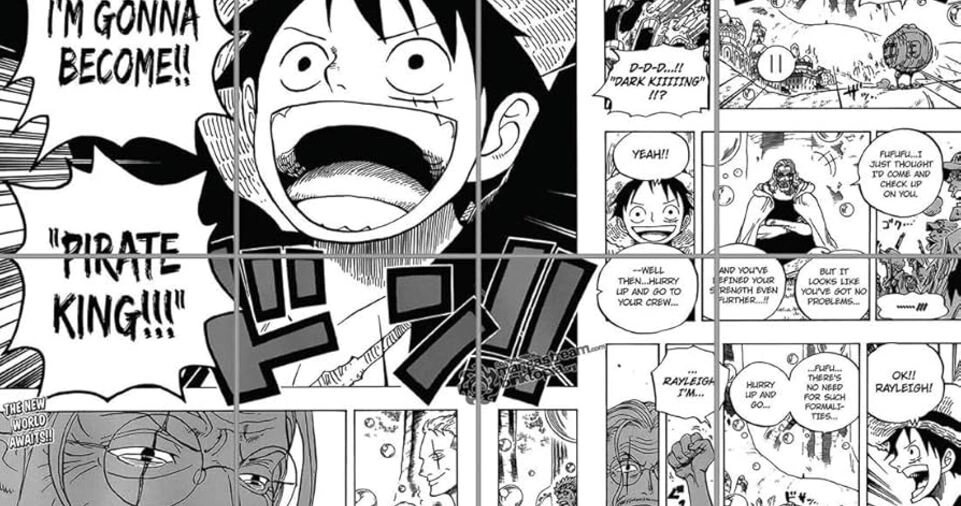
Eiichiro Oda (One Piece)
- Started with a heavy Toriyama influence (Dragon Ball).
- Evolved into a highly exaggerated, expressive, and detailed art style.
Takehiko Inoue (Slam Dunk, Vagabond)
- Developed a realistic, painterly style over time.
- Studied real-life figures and traditional Japanese art for inspiration.
CLAMP (Cardcaptor Sakura, xxxHolic)
- Experimented with extreme stylization before settling on intricate, elegant designs.
Kentaro Miura (Berserk)
- Combined high-detail realism with dark fantasy themes.
- Mastered shadow work and high-intensity action sequences.
Practical Exercises to Develop Your Manga Style
| Exercise | Purpose |
|---|---|
| Redraw a scene in different styles | Helps you understand the nuances of different styles. |
| Create a character in multiple manga genres | Shows how elements change based on artistic direction. |
| Use reference images but modify features | Encourages creativity while maintaining proportions. |
| Timed sketching challenges | Improves speed and consistency. |
| Draw one concept in multiple emotional expressions | Enhances character depth and relatability. |
| Create a short manga panel sequence | Improves storytelling and flow. |
Tools & Software for Manga Illustration
Traditional Tools
- Pencils & Inking Pens – Great for practicing linework.
- Markers & Watercolors – Useful for experimenting with colors.
- Toned Paper – Helps with shading and highlights.
Digital Tools
| Software | Features |
|---|---|
| Clip Studio Paint | Specialized for manga creation with inking tools. |
| Photoshop | Versatile, excellent for digital painting. |
| Procreate | Ideal for quick sketches and coloring. |
| Krita | Free alternative with strong brush customization. |
| Medibang Paint | Lightweight software with manga-specific tools. |
Common Mistakes to Avoid
- Copying Instead of Learning – Inspiration is great, but originality is key.
- Skipping Fundamentals – Weak anatomy and perspective will hold you back.
- Overcomplicating Details – Simplicity can be more effective in storytelling.
- Not Practicing Enough – Improvement takes consistent effort.
- Ignoring Feedback – Critiques help you grow.
ALSO READ: How to Start Reading Manga as a Beginner
Conclusion: Keep Growing & Evolving
Developing your art style in manga illustration is a journey, not a destination.
Keep experimenting, practicing, and refining your skills. Remember, every great manga artist once started as a beginner!
By following these steps, you’ll be well on your way to developing a manga style that is uniquely yours.
Happy drawing!

